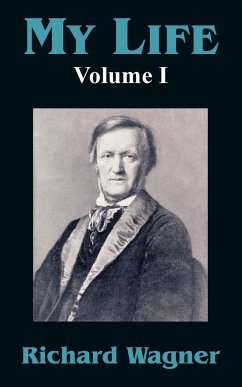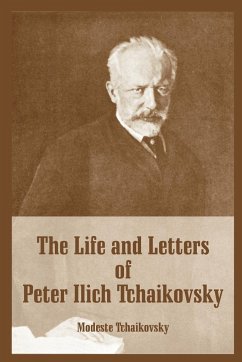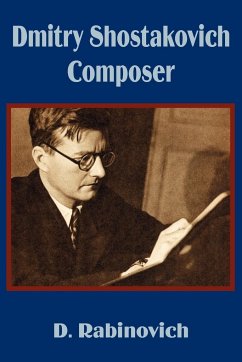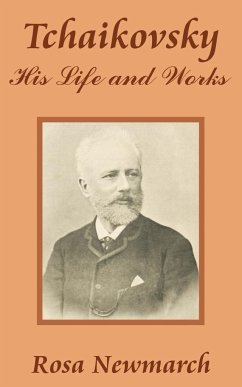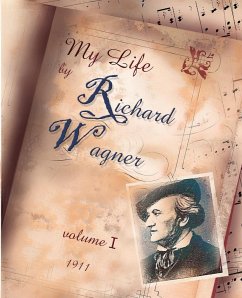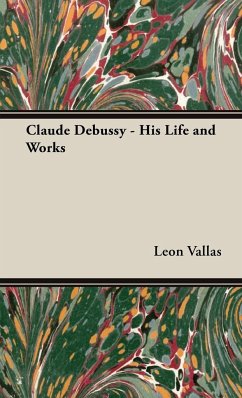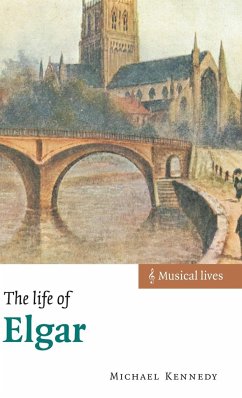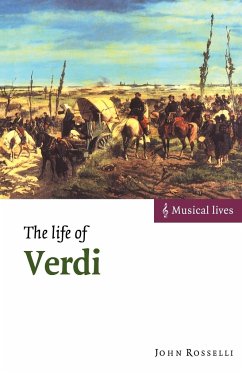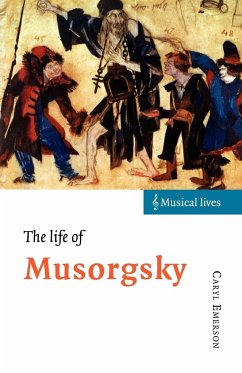
My Life (Volume II)
Versandkostenfrei!
Versandfertig in 1-2 Wochen
20,99 €
inkl. MwSt.

PAYBACK Punkte
10 °P sammeln!
CONTENTS Part III. 1850-1861 Zürich: Karlritter, Hans von Bülow, Herwegh, Uhlig, Wesendoncks, etc. 'Nibelungen Ring,' Liszt at Zürich, Schopenhauer, Composition of the 'Rheingold' and 'Walküre' London (Philharmonic Concerts) Zürich, Selisberg, Mornex, Brunnen ('Tristan') Liszt and Princess Wittgenstein (Zürich, St. Gall) The 'Asyl' ('Tristan') Venice ('Tristan') Lucerne ('Tristan') Paris (Production of 'Tannhaüser') Part IV. 1861-1864 Weimar, Reichenhall, Vienna Paris (Libretto of the 'Meistersinger') Biebrich ('Meistersinger') Vienna: Rehearsals of the 'Tristan', Concerts Concerts at S...
CONTENTS Part III. 1850-1861 Zürich: Karlritter, Hans von Bülow, Herwegh, Uhlig, Wesendoncks, etc. 'Nibelungen Ring,' Liszt at Zürich, Schopenhauer, Composition of the 'Rheingold' and 'Walküre' London (Philharmonic Concerts) Zürich, Selisberg, Mornex, Brunnen ('Tristan') Liszt and Princess Wittgenstein (Zürich, St. Gall) The 'Asyl' ('Tristan') Venice ('Tristan') Lucerne ('Tristan') Paris (Production of 'Tannhaüser') Part IV. 1861-1864 Weimar, Reichenhall, Vienna Paris (Libretto of the 'Meistersinger') Biebrich ('Meistersinger') Vienna: Rehearsals of the 'Tristan', Concerts Concerts at St. Petersburg and Moscow Residence at Penzing, Near Vienna Flight: Zürich, Stuttgart Message from the King





